Press Release
Officials admit bushfire baiting a failure
(Former) Agriculture Minister Adam Marshall in a helicopter to view the large scale baiting program conducted by the Local Land Services. Photo: Simon Scott.
27 November 2019: Even as the embers of the devastating Australian bushfires continued to burn, the NSW Government and its official 1080 baiting branch – the National Parks and Wildlife Service (NPWS) – announced that they would be peppering up to one million poison-laced meat baits across an astonishing 60,000km of the state. It was the largest the state had ever seen. Now they’re admitting they made a mistake.
In mid-February 2020, we argued that the NSW government’s war on unwanted wildlife had reached a fever pitch. Officials proudly announced that the chemical onslaught would be bigger than any baiting operation the State had ever seen. Yet it failed to conduct either an in-house or independent assessment of the scale of fire survivors.
We published a press release warning that “no reliable account of the numbers of animals present in bushfire-impacted areas exists [including] the absence of any studies assessing the current presence of predators in those areas”. By mid-May, three short months and an unknown number of baits dropped later, officials sheepishly admitted that the “huge cull” of bushfire survivors “may not be working”.
This may be one of the most significant instances of hating to say that we told you so. Even if the death drops wiped out their intended targets, an uncontrollable vacuum would be left to suck up the lucky survivors who managed to make it out of the fires alive. Common sense and compassion went out the window - with the baits - when National Parks and Wildlife carried out its first aerial 1080 baiting operation in the aftermath of the fires.
Alex Vince, Coalition campaign co-ordinator.
Over a decade ago, the NSW Scientific Committee established by the Threatened Species Conservation Act rejected a proposal to list 1080 poison baiting as a key threatening process (‘KTP’) under Schedule 3 of the Biodiversity Conservation Act. Though the Committee referred to many of the common myths about 1080 poison in its final refusal, it did reveal some concern for carnivorous marsupials. This is due to the fact that such species are known to be impacted by baiting intended for dingoes and foxes. Local extinction has been explicitly implicated.
“Researchers worth their salt are increasingly emphasising that there is a real and urgent need to accurately and transparently measure both the impact and outcome of control programs.
Monitoring should be a prerequisite of any baiting program, but it’s not. Dropping poison has become a knee-jerk reaction with little to no assessment pre- or post-bait.
We simply want to see some accountability here. 1080 poison is inhumane, indiscriminate and unacceptable. It’s time we kicked this chemical addiction once and for all. This monumental cock-up could be the kind of trigger we desperately need.
Approximately $726 million in federal funding was spent on “invasive species management and research between 1996 and 2013”. This sum, however, is unverifiable because “no level of government or any private enterprise details invasive species management as a distinct expenditure”. Unlike other nations, Australia provides no publicly available database to allow the community to make an informed measurement or analysis of expenditure on animal management “for any jurisdictional level, for any purpose or for any funding program”. Because of this, it is unclear just how much Australia actually spends on killing unwanted wildlife.
“The most concerning issue here is that this has happened before. In fact, it happens on a daily basis across every State and Territory.
The destruction wrought by the bushfires acted like a smokescreen. It obscured the second wave of suffering that dropping 1080-laced baits would inevitably cause on any fire survivors”
Warning signs spotted by a Coalition supporter at Cataract dam, NSW.
If large-scale programs conducted by government operators are conditional on a “certain levels of monitoring and accountability”, yet cannot guarantee humane or effective results, it is reasonable to expect that “much worse can be expected from small-scale programs conducted by private landholders”. An audit of over 1,300 distinct operations found that “there was little reliable knowledge” concerning any tangible benefits accrued from 1080 baiting. Further adding to the unreliability of the control mentality is the fact the “few control programs monitored changes” in either the species targeted or the species it is ostensibly dropped to protect.
This is the crux of the issue and one of our key concerns: if the largest program NSW has ever seen is considered by experts to be an ineffective failure, vast swathes of innocent wildlife – including endangered native animals – are essentially being knowingly exposed to a chemical so infamous for its cruelty that almost every other country in the world refuses to allow it past its borders.
We’ve had over six decades of trial and error: it’s time to get rid of it for good. The truth is, it is a choice to use 1080. We can choose not to be cruel.
Whether the 12-month long program will continue is currently unknown. At the same time, an unidentified number of local baiting programs continues unabated.
You can join over 16,000 other outraged Australians in demanding a moratorium on 1080 baiting programs in bushfire-impacted areas now.


